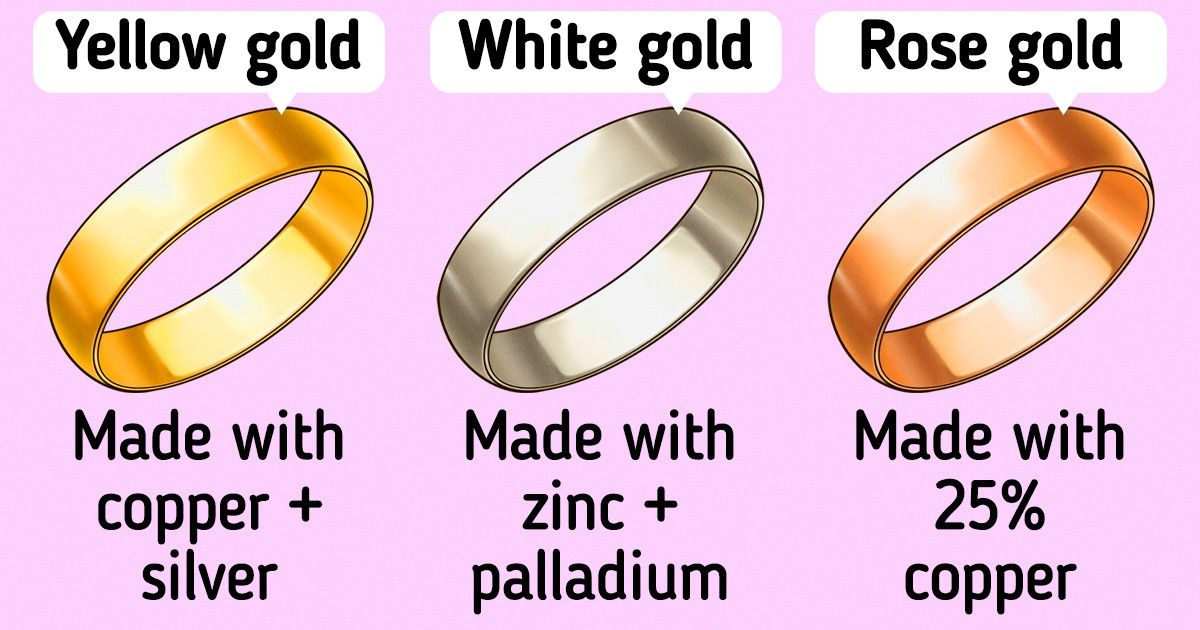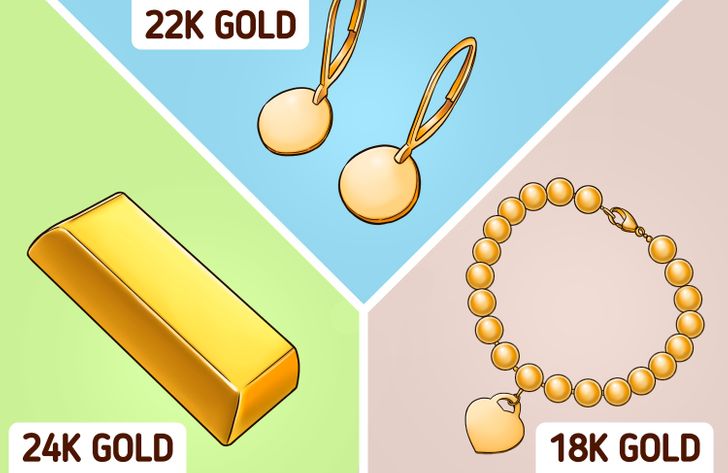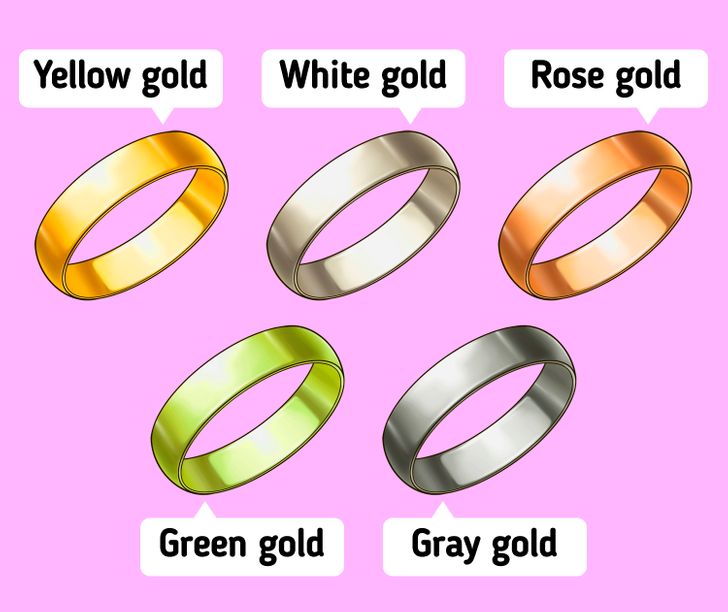How to Understand the Difference Between Types of Gold and Their Purity

What gold karat means

You’ve probably heard the term, “24K gold,” but 22K and 18K also exist — and the “K” stands for karat. Basically, a karat is a unit used to measure the gold’s purity level. The purer the gold, the higher the karat. The most common karat types include:
- 24K gold is the purest and most expensive gold out there, due to being 99.9% pure. It’s called 24K because all 24 parts in the gold are pure without traces of other metals. However, it’s not the most practical to be used in jewelry because it’s soft and malleable. 24K gold is used more for the purpose of electronics and medicine.
- 22K gold is more commonly used in jewelry than 24K. This gold type is 91.67% in purity, while the other 8.33% involves metals like nickel, silver, zinc, and more. Even though 22K gold can be used to make jewelry, it’s not the most preferred.
- 18K gold is less expensive compared to 24K and 22K because it’s the least pure — it’s 75% gold while the other 25% are metals like silver, copper, and others. Diamond or studded jewelry frequently contains this gold type.
What gold colors there are

There are also different gold colors, depending on how it’s alloyed with other metals. Silver, copper, and zinc are the most common metals to be alloyed with gold for jewelry production. The final color and shade also vary depending on the percentage and type of metal used. Some popular gold colors include:
- Yellow gold is the purest color available and the most common one used for engagement and wedding rings. It achieves its color through the combination of copper, silver, and pure gold.
- White gold is a popular color for jewelry with the advantage of being more durable and affordable than yellow gold. It’s made by mixing gold with alloys like zinc, copper, and palladium (platinum).
- Rose gold achieves its unique color by incorporating about 25% copper and less silver. This color is also known as pink gold or red gold, and the difference between them is the copper content. The more copper used, the stronger the red coloring.
- Green gold, also known as electrum, is an alloy of gold, silver, and occasionally copper. Cadmium can provide more green coloring but it’s not often used due to toxicity concerns.
- Gray gold is a mix of gold and palladium. However, a less expensive alternative to produce this gold color is by replacing palladium with silver, copper, and manganese.
Share This Article